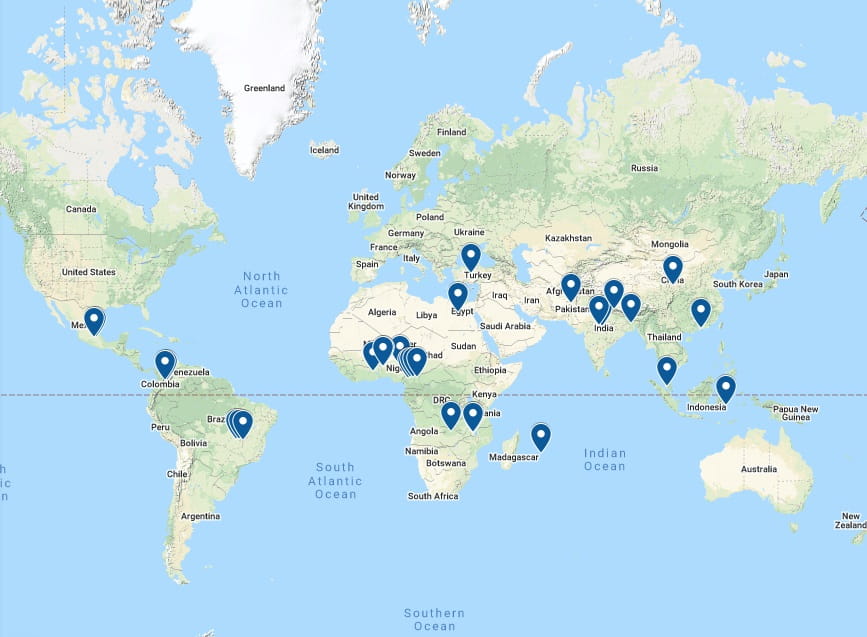3. How did you invite and select scholars to attend the Essex Summer School in 2020?
I sent out an email announcement via the mailing lists of the Disaster and Emergency Research Network, and the Global South Academic Network (GSAN), as well as other mailing lists centred on research methods. I announced the open call, and directed any interested parties to a Qualtrics form that asked several questions. Completion and submission of the form constituted the application. In it, candidates were required to attest to their citizenship in a Global South country, and to explain how their research/career plans would be helped by the Fellowship. They were also required to describe how they research/study resilience in the context of their work.
We had 86 applications. To select the Fellows, I first:
Ranked everyone on a scale of green-yellow-red:
- Green: work is clearly related to resilience;
- Yellow: work is tangentially related to resilience;
- Red: work is not at all related to resilience
And then I:
Identified/categorised each applicant as either:
- Both: Citizen and resident of Global South
- Citizen only: Citizen of Global South, but residing/studying in Global North
- Not citizen: Citizen of Global North
The first round of acceptances went to everyone who was “green” and “both” or “citizen only”.
The second round of acceptances went to the applicants that were “yellow” and “both”.
Anyone who was “red”, “not citizen”, or “yellow and citizen only” was not funded.
In the end, there were 14 females (41%) and 20 males (59%) in the funded class. I don’t know how the applicants are distributed according to gender, because I only know the gender of the people I met/saw when they were funded.
4. How is your project benefitting the countries and scholars involved and which Sustainable Development Goals (SDGs) are being addressed?
The project has helped build research and HEI capacity by educating early career researchers (pre-doctoral, doctoral, and post-doctoral) in an array of analytical methods. Some are now teaching classes in their home countries based on the software languages or techniques they learned. Others are using the methods they learned to develop their own research. All have expressed gratitude for the professionalisation they underwent, specifically in terms of presenting their work to diverse audiences. (Please see narrative and final reports for quotations and further information).
5. Were there any challenges pursuing this international programme of work?
Ensuring internet access to all participants was an ongoing concern, though a straightforward challenge to meet. Sending textbooks to everyone was more complicated, as several students did not receive their texts until months after their course had completed.
By far the greatest challenge was bridging the cultural gaps. People from different places have varying ways of posing queries, raising concerns, giving support to colleagues, etc. It took time to navigate and negotiate these differences to make sure everyone was accessing the resources needed to help them excel. In the end, we arrived at a way of communicating that made sense to all of us.


)
)



